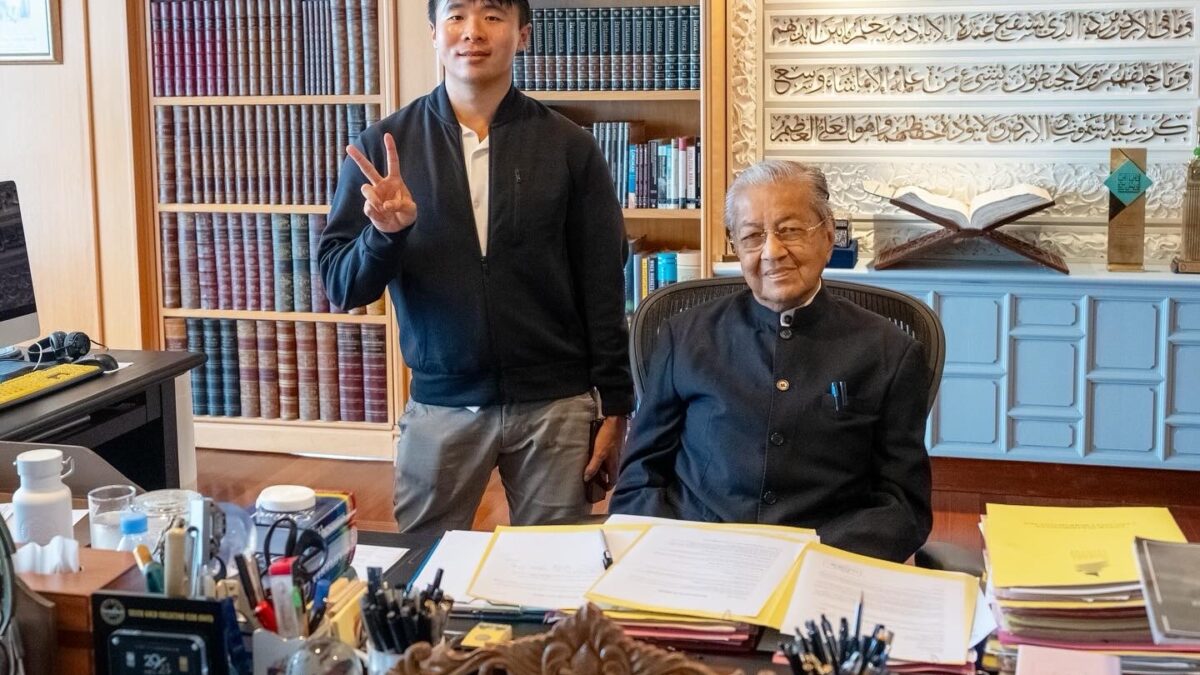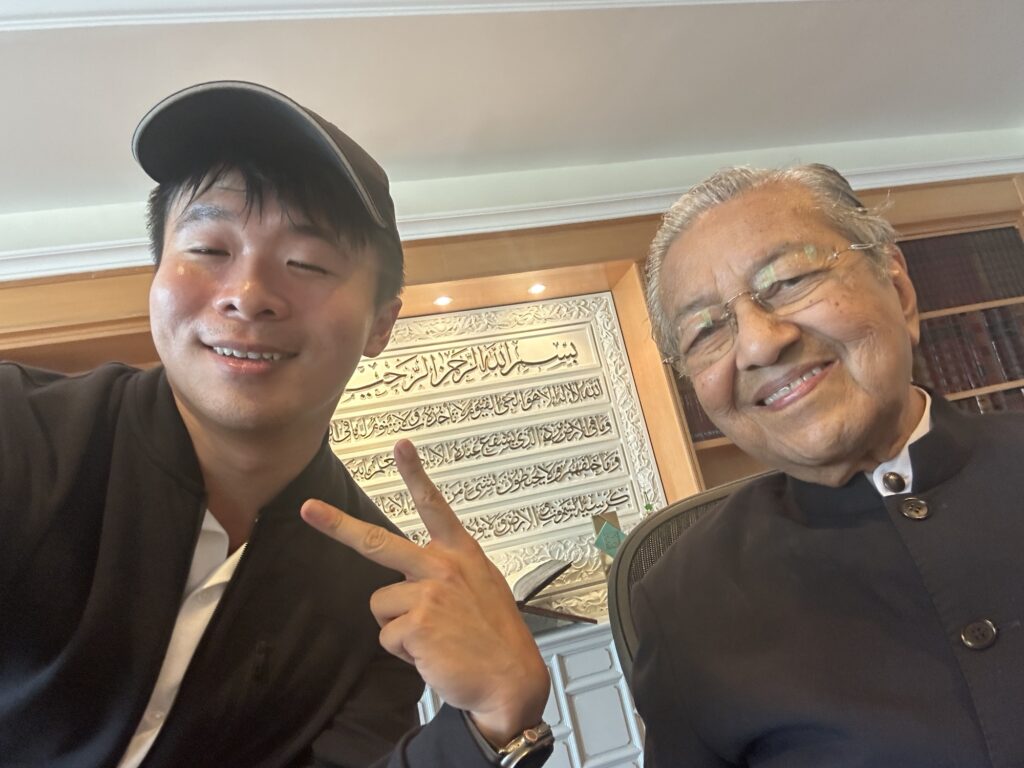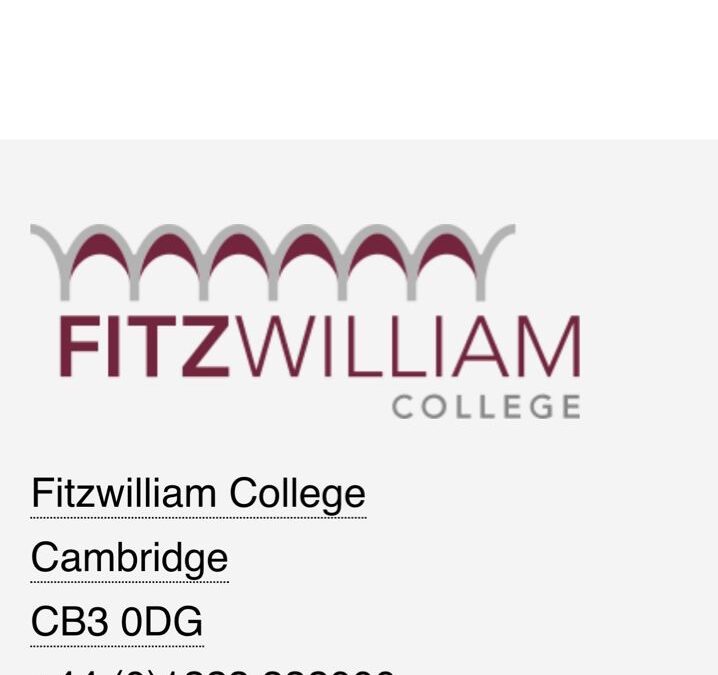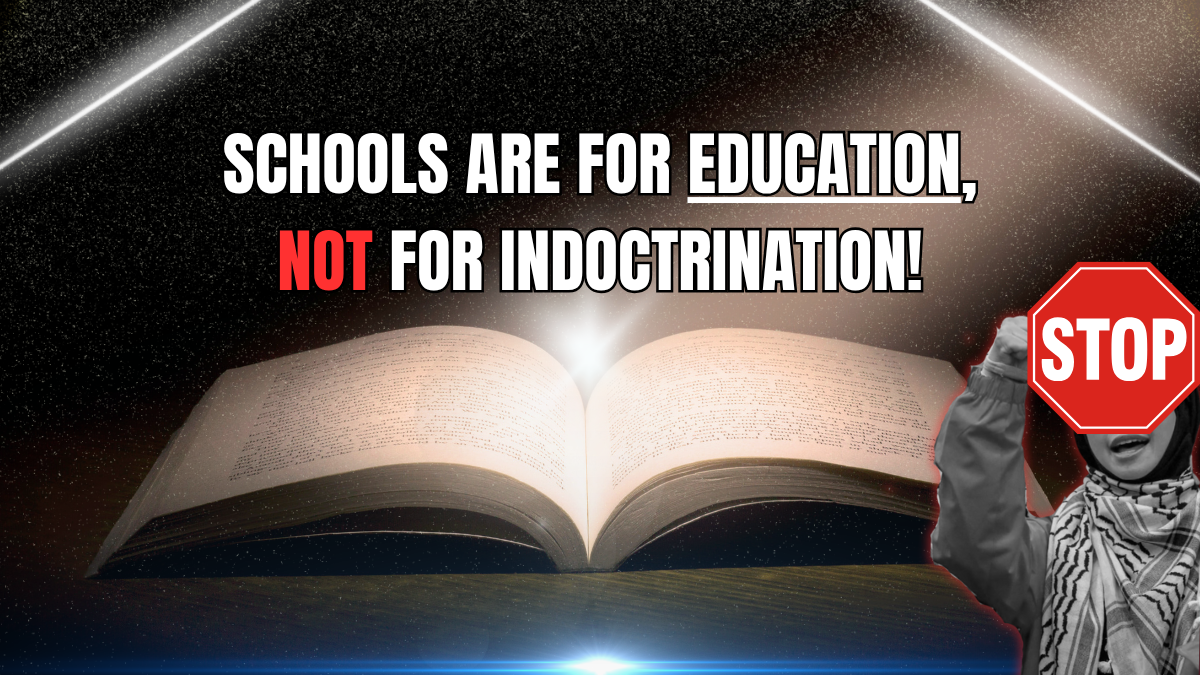
Today I had a conversation with Tun Dr Mahathir.
This is the kind of conversation that a person doesn’t normally have. I don’t expect that many people will have it or many people would have had it.
Given everything that has happened so far, it’s far from clear that many other people will be able to have it, and so I know that it is a rare and wonderful privilege.
I remember clearly all the things that happened. I showed up in a GrabCar to the Perdana Leadership Foundation, ten minutes before our 9:30 appointment.
Walking in to the picturesque building, there I saw our very first national car in blue – the Saga, brought forth from one of Tun Mahathir’s pet projects.
As I looked around, I saw that the place was grand – the paintings of prime ministers depicting Tunku Abdul Rahman, Tun Razak, Tun Hussein Onn, Tun Mahathir, and Tun Abdullah – the gallery – the chandeliers and carpeted floors broken only by gorgeous wooden balustrades that led a curved staircase up into an open space.
I stood there spellbound – I had not expected a place of such beauty.
As I looked around, I realized that I had arrived early and it was not time for my appointment yet. But before long, my contact Adam called – and so with bated breath, I walked into the room where I would meet Tun Dr. Mahathir.
In the morning, I had watched Khairy Jamaluddin and Shahril Hamdan’s interview of Tun Mahathir on 2X, paying attention to the questions that he had asked and all of the things along the way, which was also interesting because incidentally I’d also met both of them just the other day at a book launch featuring Kishore Mahbubani – How strange fate is and how the world seems to connect everybody in short order.
And then I stepped in to the door that separated me from meeting Tun.
It was funny how I didn’t feel a sense of fear at all – rather just a sense that maybe this was destiny and that somehow or another, the fates had decided that this was to be my lot:
And so I stepped in and there I saw an office that I’d only seen on Google – the gigantic table hidden behind a gorgeous wooden screen and a sitting area clearly meant for entertaining diplomats, high level guests, potentially members of royalty along the way; as I walked past the screen, there I saw it all. The gigantic Quran that lay unfolded at the back. The backlighting of the entire place tastefully brought together. 3D printed Darth Vader helmets and a Stormtrooper helmet; trinkets from Japan… And eventually, as my eyes moved around the scene, there I saw the person whom I was meant to meet:
Tun Dr Mahathir Mohamad.
There was the person that I’d only seen on television or known through the newspapers. Physically and in the flesh.
At that point, I realized something strange – I was oddly calm. In fact, I wasn’t sure of only exactly one thing – What language I would speak to him first.
As I gazed at the man, I extended my hand and said, “Selamat sejahtera, Tun.”
Somehow, I had decided that it was Malay, although we immediately continued in English.
If you’ve ever seen any of my videos, you’ll notice that what I tend to do is place a camera at the far end of a table, and then film people using the wide angle and then point a long focal length lens at them and then that makes up the entire video.
But it was then only that I saw the enormity of Dr. Mahathir’s table. I looked at it and the thing was immense. Probably five regular-sized tables, one after another, forming a U-shape in all directions with all kinds of different paraphernalia all over it, terminating only in the far corners, even as it accommodated what seemed to be infinite space.
The next couple of minutes was spent setting up and thinking about logistics, as Dr. M told me about some fascinating things like his Japan obsession, the 3D printed Darth Vader helmet, and everything in between…
…And then we began to speak.
How do you even describe a conversation like that?
A conversation where you’re sitting with someone who has led an entire country?
A chat where you think that the person who was speaking with you had the willpower to push millions of people forward in the course of a national project?
Oddly enough, for me… I’d describe it as ‘calm’, if I think about it, is kind of a strange thing to say, because one thing I never noticed is that Mahathir’s eyes are truly, in case you’ve never looked at them closely, objectively quite terrifying.
I say terrifying in the sense that, if you look at his eyes, it appears that there is a sort of life force inside them, a vitality, a struggle to push forward which is large enough to encapsulate an entire nation.
Looking at the man, I could see that his willpower was truly incredible, that somehow within those eyes there was a spirit so large that it could overpower dragons, conquerors, and everything in between – possibly even a demon king – even at the age of 99. These are the eyes of the the man who became the Prime Minister of Malaysia twice and was elected as the world’s oldest head of state.
Yet I was calm.
I don’t know why, the words just arrived. They came out of me, second by second and minute by minute, as I just pondered the questions that had come about on my mind.
If I were to describe it again, I guess I would call it a state of flow, the sort of thing that comes about when somebody is truly in their element, ready for every single challenge that may come along the way, even as I listened carefully to Tun and all the things that he shared along the way – one of the few people who could.
How fascinating to realize that probably the most nervous person of all in that room was Tun’s assistant, Adam, who had ushered me in with a cautious look on his face, seemingly nervous at what was to come.
A video will come up soon, in which Tun M and I will speak about affirmative action, the Malays in Malaysian society, Israel-Palestine, and the crucial question of education in our society.
Thank you for the incredible conversation, Tun Mahathir. It was and always will remain one of my dearest memories!

It’s going to be a fun one! 🤩


